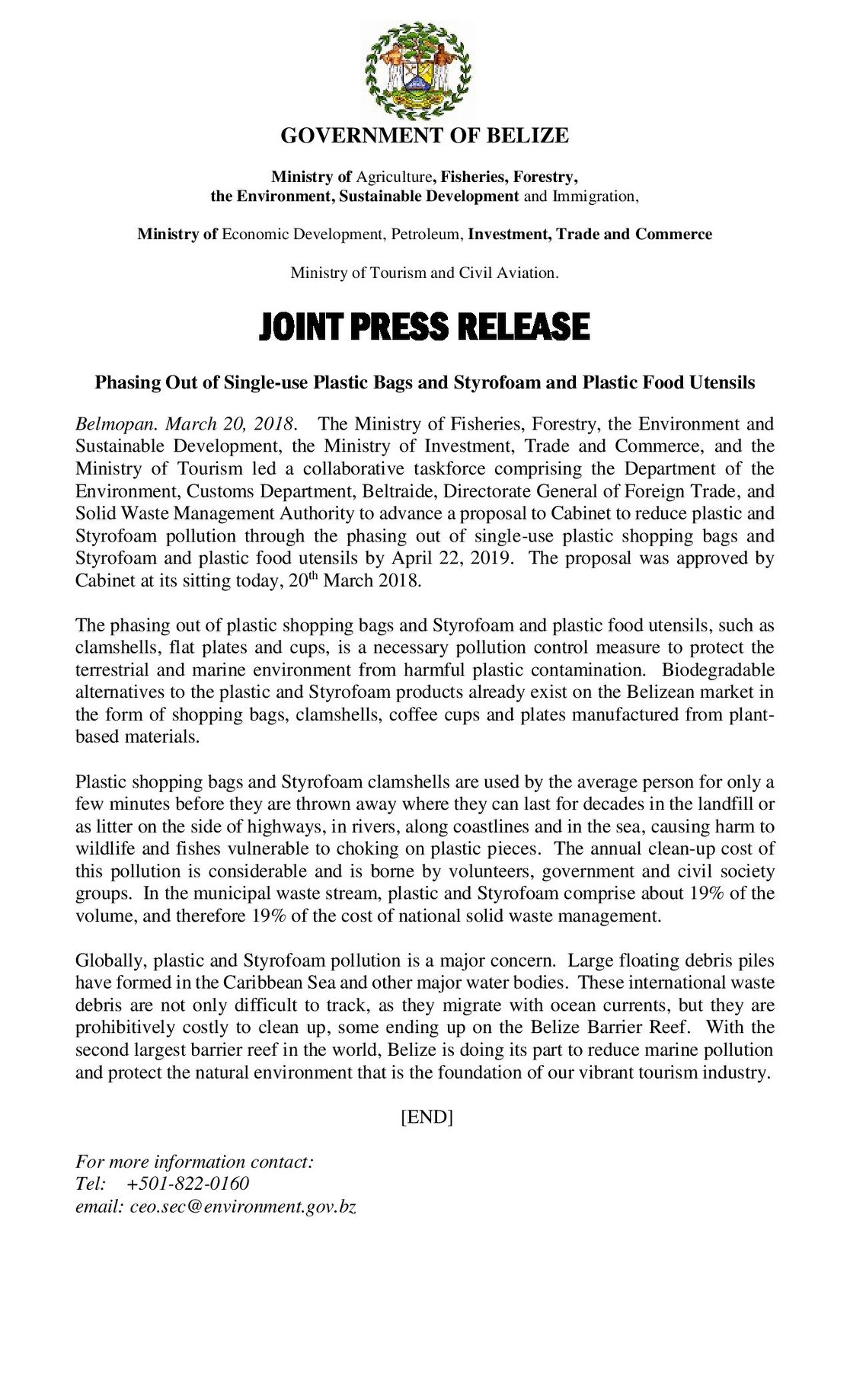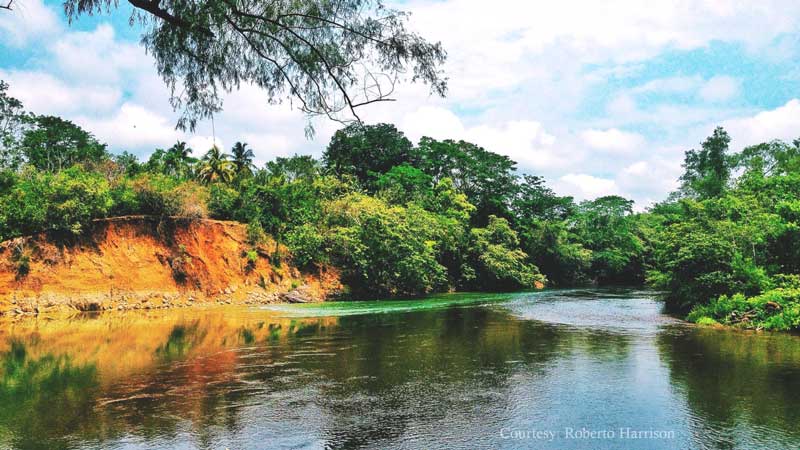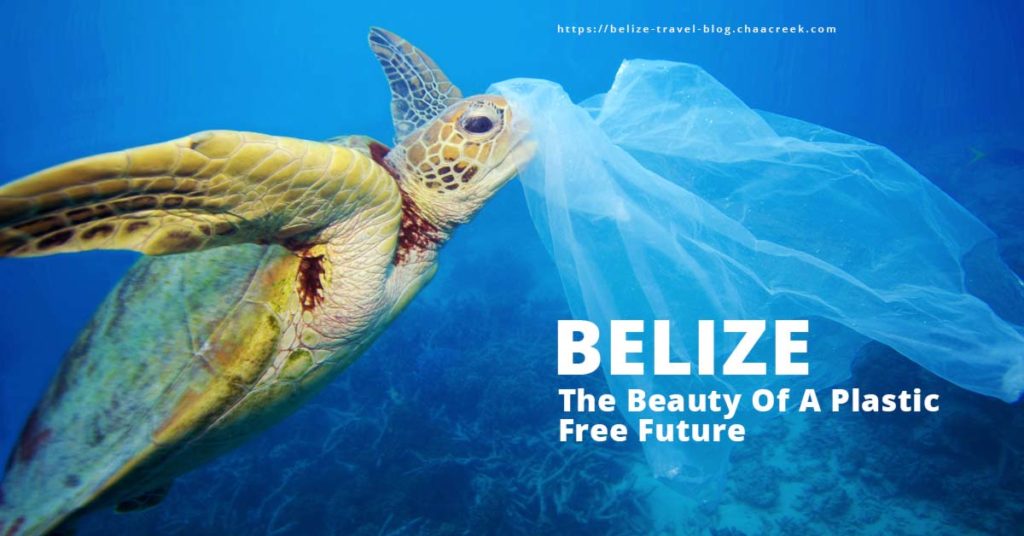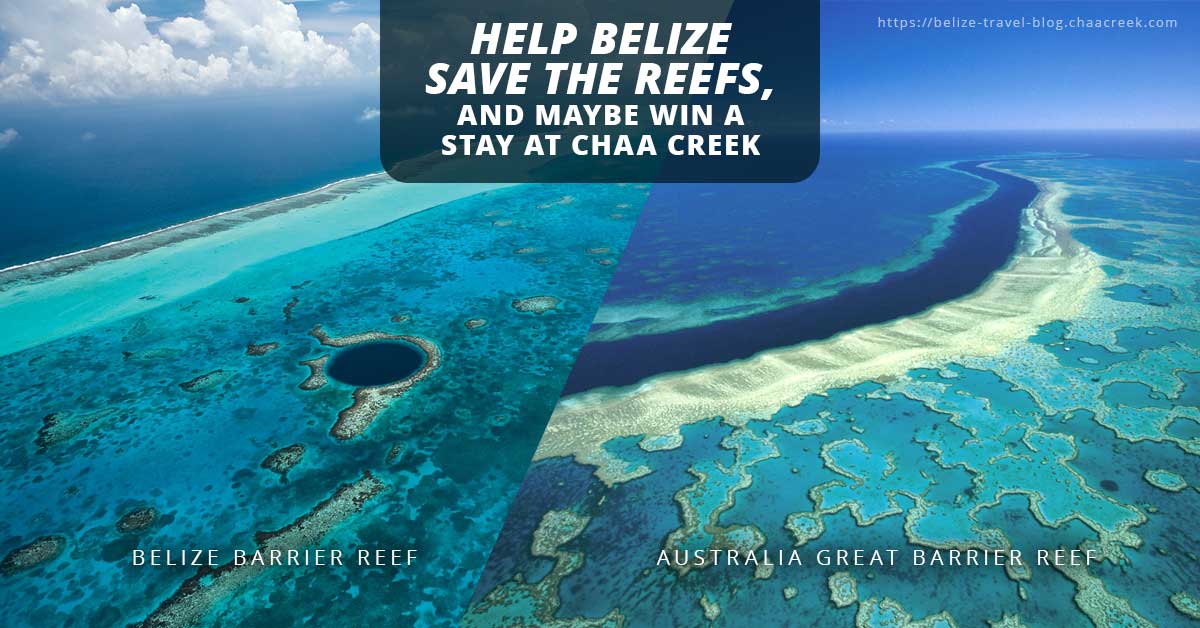Sometimes the news can actually make you smile…
And so it went this week with reports that the Government of Belize was taking the first steps to phase out the use of plastic shopping bags, Styrofoam packaging and plastic food utensils.
Hooray!
Really – this is big news in a little country blessed with stunningly beautiful natural resources. With a long, lovely Caribbean coastline sheltered by the world’s second largest barrier reef, seemingly endless tracts of rainforest and other protected wilderness areas, pristine rivers, the Maya Mountains and other habitats supporting a rather awesome variety of plants, animals and over 600 species of birds, there’s much to protect.
Consider this:
It took Mother Nature millions of years to fill Belize’s 180 by 70 mile landmass with such spectacular natural beauty.
How long do you think it will take humans to fill it with plastic? *
And then consider plastic’s insanely long lifespan. Even when it does deteriorate, it breaks down into deadly little nanoparticles that cause all sorts of damage to plant and animal life. So in addition to those pictures we’ve all seen of sea turtles choked with six-pack strappings, dead albatrosses with their stomach filled with plastic refuse, and other obscenities, think of how much plastic we can’t see that’s polluting the world’s land and seas.
So the March 20, 2018 media release put out by joint Belize government ministries stating that plastic shopping bags and other products will be phased out by April 22, 2019 is cause for celebration.

The release states that “The phasing out of plastic shopping bags and Styrofoam and plastic food utensils, such as clamshells, flat plates and cups, is a necessary pollution control measure to protect the terrestrial and marine environment from harmful plastic contamination,” and goes on to point out that biodegradable alternatives do exist.
Exactamente!
Imagine Belize without plastic bags and those Styrofoam take-away containers we already see littering most streets around the country. And this is just the litter we can see…there are plenty of plastic bits and pieces, as well as those deadly nanoparticles, floating under our seas and rivers.

The good news is that once these objectionable objects are phased out, and with some community clean-up projects like the Department of the Environment’s 2017 Walk for a Green Belize that saw over five tons of rubbish collected by some 650 volunteers, and other Betta No Litta initiatives, Belize can begin to bounce back from the damage that has been done.
It also continues to send the message that Belize, as a young country and still a fresh face in the United Nations, is committed to developing sustainably and responsibly.
As Oceana, the world’s largest ocean conservation and advocacy organisation’s vice president in Belize put it,
“This policy will once again place Belize among the world leaders in the safeguarding of our natural resources from the harmful effects of single use plastic and Styrofoam.”
We think that’s pretty cool. It wasn’t so long ago that hardly anyone had heard of Belize. Ant then it became known for its incredibly diverse and gorgeously pristine environment. And now it’s becoming known for protecting that environment, and as a world leader, no less.
I don’t know about you, but I’ll be happy to carry the groceries home in a reusable bag.
*Well, for some perspective, consider that Belize’s area is around 8,800 square miles (22,800 sq km )
The Great Pacific Garbage Patch that’s been back in the news lately is estimated as being between 270,000 – 5,800,000 sq miles (700,000– 15,000,000 sq km) – easily 30 times the size of Belize.

